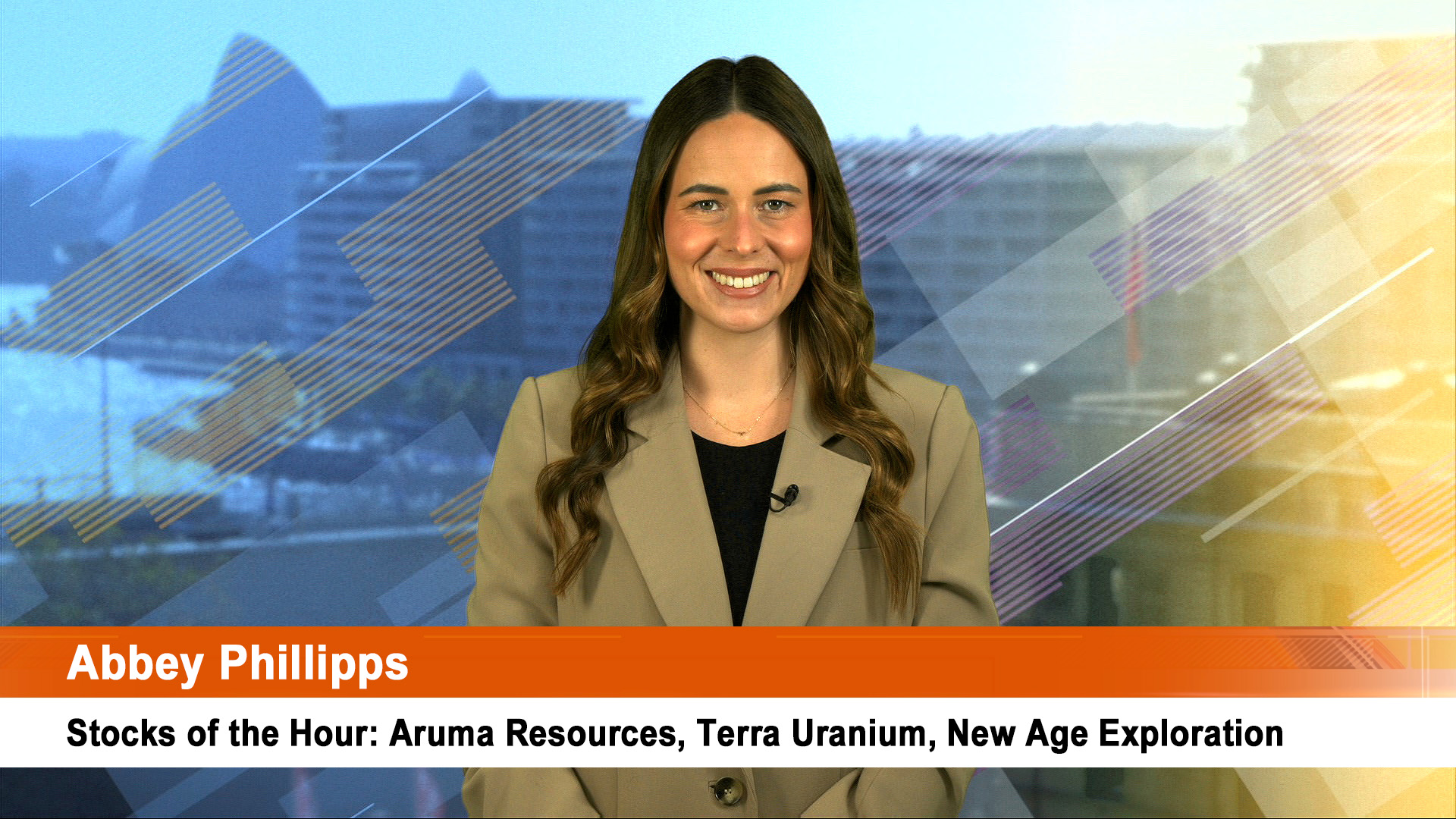Don’t be surprised if the March quarter growth figures are a bit better than expected at the start of the week.
The data will be released by the Australian Bureau of Statistics at 11.30am and could show the economy returned to its trend growth line of between 3% and 3.25% annual expansion.
Many forecasts sit around 3.2% after yesterday’s final release of economic data for the three months to March.
That could be a bit better than the previous expectations of around 2.8% to perhaps 3% for most forecasters.
That’s after a big surge in the contribution from exports in the quarter, which will go some way to offsetting the decline in business inventories and a fall in government spending in the quarter.
Exports will contribute 1.4 percentage points to growth, but inventories could detract around 0.5%, while lower government spending might lop another 0.2% to 0.3% from the growth figure. Investment could be weak, but construction work could help reduce any negative impact from this area thanks to the rise in housing.
In fact housing and retailing will make solid contributions and the final outcome could end up being a quarterly growth rate of 1% for the quarter and 3.1% or better (depending on previous revisions) annually.
Certainly the underlying annual growth rate will be closer to 3.5% deducting the impact of the fall in stocks because they will be rebuilt in coming quarters and will add to growth.
Inventories fell 0.5% in the December quarter. The fall of 1.7% in the March quarter was therefore something of a surprise.
Driving the improvement was a 54% fall in the current account deficit to $5.67 billion in the March quarter, seasonally adjusted. This was after a deficit of $11.7 billion in the December quarter, the Australian Bureau of Statistics (ABS) said.
(The current account measures flows of income between Australia and the rest of the world, like interest payments and dividends, and transfers like foreign aid, as well as the export and import of goods and services – which make up the trade account.)
Australia’s net foreign debt fell to $855.65 billion in the March quarter from $858.9 billion in three months to December.
Helping as well was a 1% drop in imports because of the fading resource investment boom, and the 5% rise in exports, mostly down to rising volumes of iron ore, coal and LNG in the quarter.
The surplus on goods and services rose $5.3 billion in real terms, which would add those 1.4 percentage points to growth in the March quarter measure of gross domestic product (GDP).
That was much higher than forecasts and saw the fleet of private economists lift their GDP forecasts, after many had cut them on Monday following the 1.7% fall in business inventories in the quarter. Lower government spending could be up 0.2% to 0.3% from growth as well.
That will be more than enough to offset the expected 0.5% detraction from growth from the sharp rise in business inventories in the March quarter. It is likely the big expected contribution from the trade and balance of payments will see estimates for March quarter GDP revised upwards to close to 1%, with the annual rate topping 3%.
The AMP’s chief economist Dr Shane Oliver said yesterday that, "Quite clearly the ending of the mining investment boom is coming with a silver lining in the form of reduced capital goods imports (as much of the mining investment boom was imported) and increased mining export volumes from the completed mines.
"This along with a rebalancing of the economy to a greater focus on sectors like housing construction and consumer spending should help the economy to continue to grow even as mining investment subsides."
And retail sales, though disappointing according to some commentators because they fell short of market forecasts, were still a bit stronger than expected – especially a week ago when some analysts predicted no growth, or even a small fall.
The ABS said that seasonally-adjusted, retail sales rose 0.2% in April, an improvement on March’s 0.1% rise, but still sluggish compared with the 1.2% bang at the start of the year.
The positive number was mainly thanks to Victoria (0.8%); NSW was 0.1%; in Queensland and WA turnover actually fell, seasonally adjusted.
Retail sales were strong in the run up to the budget

Source: ABS, AMP Capital
Unusually, for once, department stores stood out with 2.9% seasonally adjusted growth, while cafes, takeaways and restaurants saw another solid month with 0.5% growth, but food retailing was sluggish (0.2%) and household goods fell.
The trend estimate for Australian retail turnover rose 0.4% in April 2014. This follows a rise of 0.4% in March 2014, a rise of 0.5% in February 2014, and an 0.6% rise in January, clearly showing the steady fall in activity as the year has gone on and the talk about the budget has stepped up.
But in trend terms, retail sales were up 6% in April 2014 compared with April 2013 (in seasonally adjusted terms they were 5.7% up on a year ago).
And Dr Oliver says that’s the big positive.
"Quite clearly retail sales (at least pre-Budget) remained reasonably solid with now 12 consecutive months of gains and annual growth running well ahead of the poor 2.7% pa pace seen since 2010," he wrote yesterday (see above graph).













